Stefanie Braun: Light Reveals Character
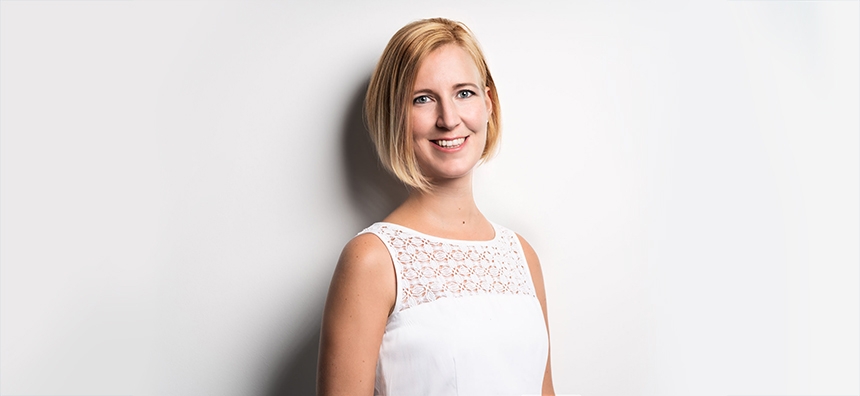
Technical car visual specialist Stefanie Braun guides us through the process of creating the perfect workflow and explains the importance of good lighting technique. A lot of Stefanie's recent work requires confidentially. Therefore, only a small number of images produced by Stefanie is shared in this article.
Even as a child Stefanie Braun was artistic and drawn to creative projects. "I loved drawing and did all kinds of arts and crafts. During my school years I spent days and nights tinkering with art projects: I up-cycled my own furniture or drew. I had my own little studio in the basement of my parent’s house and spent a lot of time there. At the age of sixteen, I changed schools to attend a class specialising in design and media technology. There, I was introduced to Photoshop, video editing, etc. The school even offered extra-curricular activities like woodcarving and working with clay. I loved it. In the last year before my A-Levels we had to realise a thesis project and I designed my own coffee-shop. A fellow student introduced me to Cinema 4D and I was enthusiastic about the potential it offered. It was a great way to show my ideas and designs."
Intent on specialising in 3D, Stefanie enrolled at Stuttgart Media University. "The University did a good job of preparing me for the 3D industry. We had to go through a few basic-knowledge courses, and also did some programming classes and learned the fundamentals of all media-production disciplines from audio to VFX. My studies were a combination of technical and artistic disciplines, I think it was a good mixture. I was allowed to specialise in 3D and computer animation and I worked on a lot of projects and student films. These were great to learn the needed tools and techniques, particularly how to overcome technical challenges when they arise. Certainly, I still had to learn a lot after graduation, but understanding how to find solutions and information to tackle new technical and artistic challenges, I think I was prepared as well as I could be."
After University, Stefanie found employment at photography and CGI studio Third Floor Company. It was here she first encountered HDR Light Studio. "We lit basically everything with the help of the HDR Light Studio plugin. It was so fast and natural to use, that I have continued to use it in all my later employments."
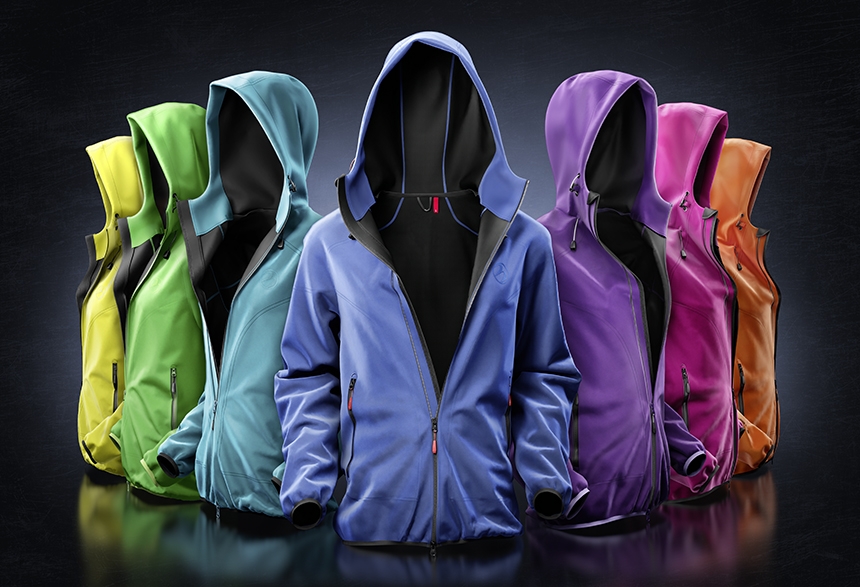
Stefanie is currently the 3D Visualisation Specialist at the FAW Advanced Design Center. Specialising in technical car visuals, she remains fascinated by their complexity:
"Cars are wonderful design objects: their design is highly elaborate and they show a lot of different parts and functions from many angles and perspectives. Most of all they do have character, and it can be very challenging to live up to that character in a single visual – I love and hate that challenge. In my current position I am in the middle of the design process. I see our models evolve over months of time and really get to know every corner of the car. It is wonderful to see how much thought goes into every part."
"Every stage of creating a CGI is important and an art for itself. The disciplines I spend most time with nowadays are texturing, shading and lighting. I am solely responsible for the visualisation and am personally not involved with the modelling process. For the image creation process, I follow the logical order of action: first the appearance and shading of the car; then fitting it to the backdrop or surrounding; after this, perspective and camera settings. Only when these last two things have been determined can the lighting be finished."

"Normally, I start with a black car – no light at all – and add one spot or area light after another, working myself from the big surfaces to the small details. It is a bit difficult to generalise here - it's one thing to prepare a setup for a car model that needs to be rendered at the last minute before a presentation, where almost no retouch is possible and even the rendering needs to be fast - and another thing to create fine art images with enough time to render the vehicle various times with different light setups and excessive post-production."
"When it comes to VR - where the lighting needs to work from all angles and performance is an issue - it is a whole different story again. I do all kinds of projects and in each one I feel like the lighting is super important because it is supposed to stage the car. When done well, the lighting emphasises the shapes and character of the vehicle and leads the viewer’s sight. When done wrong, lighting can ruin the impression and readability of the sculpture. As a Visualisation Artist, I see myself as responsible for presenting the work and designs of my colleagues with the best possible angle and light, pointing out the character of the vehicles."
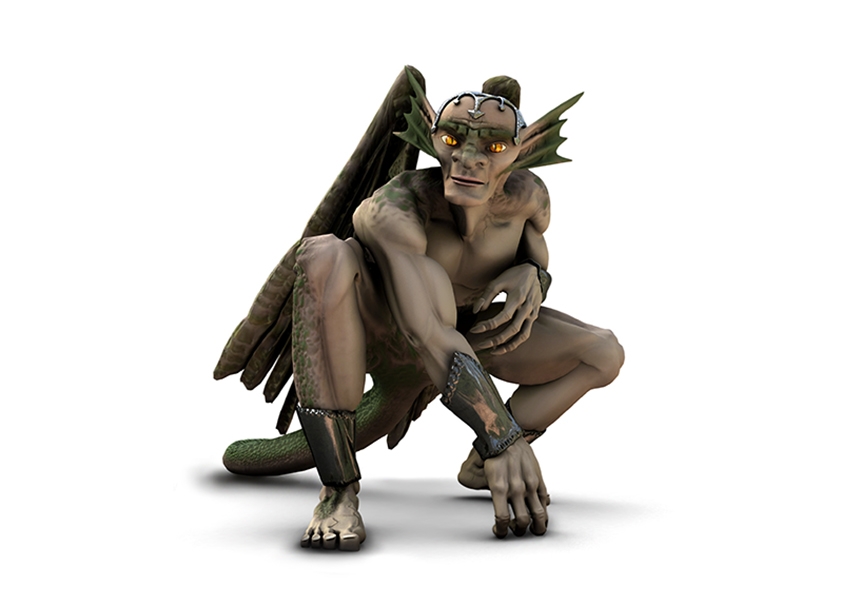
An effective workflow is essential to the creativity and productivity of Stefanie’s role. The process of building this workflow has taken time and experience.
"Over the years, my workflow has changed dramatically and every new job has brought new challenges. Back at University, I started out with rigging and character animation, and was fortunate enough to be hired by a car photographer. I rendered a lot of marketing visuals - not only for the car industry - I spent quite some time with cloth simulations and fashion. I feel like the only constant throughout these projects was that I kept on Googling, researching and finding my way through. I don’t often have an idea of how to realise a project when starting. Normally, I set my mind and get clear about what I want to achieve visually and with that goal in mind, I work on it until I am happy with the result."
"Artists have a 'comfort zone', they do rely on their routines and the tools they know. Colleagues and friends have influenced me very much and sometimes projects or clients asked or even forced me to use new tools or to do things in different ways. Learning new tools takes time and is not always as reliable as sticking with known ways. Sometimes it is very rewarding though and in the long run, makes you faster and smarter. The more tools I got to know, the better I was able to chain them up in efficient ways."
"At the moment my main tools are VRED, Maya, Substance, Adobe Suite and Photoshop, and for lighting HDR Light Studio. I have been working a while on building a workflow around VRED that fits all our needs and is open enough for the many new ideas that evolve every day in our studio. The challenge is that the models are constantly changing. Images often need to be produced at the last second before presentation and I also create VR using the same models. VRED is fast, eats all kinds of data, imports Alias directly and gives me the possibility to produce high quality, high-res RT and full GI images as well as showing VR directly with the same model."
"I guess I like Maya most, because it is the first 3D tool I worked with. Substance is wonderful and works very dynamically with textures and material scans. HDR Light Studio is brilliant because the process is so fast and intuitive to create lighting and reflection-surroundings."
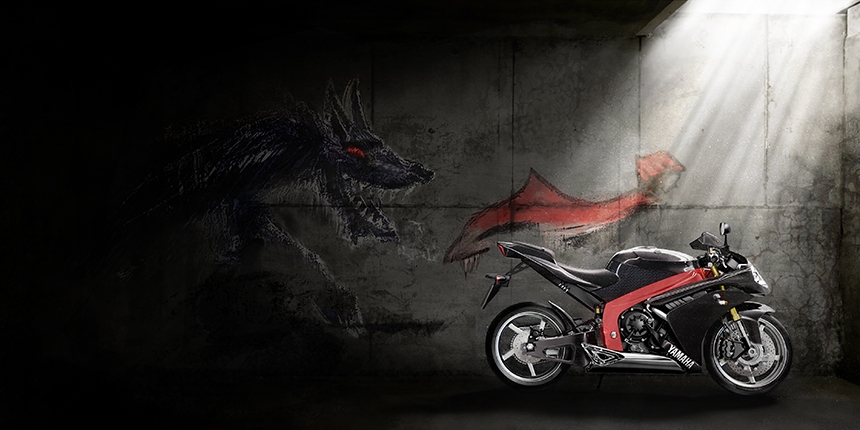
"I fall back to the same tools again and again. That's because – especially within a narrow time frame – it is fastest and most reliable to work with the tools I am familiar with. HDR Light Studio is always involved in my process - when it comes to lighting and especially when placing neat reflections on shiny surfaces such as car paint."
Having an effective workflow also contributes to the efficiency of image development. Stefanie has learned through experience where to focus her time and attention in this regard.
"In terms of workflow, what retained me most - especially at the beginning of my career - was my perfectionism. I tended to get lost in details and wanted to create perfect models and perfect textures. I would model parts that in the end rendered in only a few pixels. I don't want to promote sloppy work, but I had to learn to work from the big to the small, to outdraw roughly and then to work in the details, depending on what the timeframe allowed. I am not an engineer constructing the parts, in my visual world the mantra 'what looks good is good' applies. And even though I learned my lesson, I still find myself getting lost in subtleties."
"Another mistake I made was that I was afraid of scripting and instead of automating repetitive and tedious processes, I spent way too much time clicking myself through stupid work. I should have started earlier to invest that time in learning how to script and build clever solutions."

In the spring of 2017, Stefanie decided to take a planned break from CGI work in order to travel. She spent a total of sixteen months abroad, travelling through Namibia, South Africa, Lesotho, Zimbabwe, Botswana, Zambia, Malawi, Mozambique, Sri Lanka, India and Colombia.
"It was terrifying to let go of everything, selling most of my stuff and not knowing how and when exactly to come back. Even though I was well aware of the fast changes in our industry, I deliberately decided not to try and keep up with the trends and technology during my travel time. I canceled all my newsletters and checked the news infrequently. I was unable to try or work with 3D software while sitting in the African savanna with my tiny tablet PC. It felt so far from my normal life, that it didn't make sense. I wanted to experience my travels instead of doing the same things as normal, just in different places."
"The travelling (especially when it came to areas that were not very touristic - and we intentionally searched for them) forced me to step out of my comfort zone. I had expected it - but not to that extent. Before travelling, I liked to think of myself as an outgoing and open-minded person, but I also liked to hide behind my screens and tended to avoid situations where I had to actively approach others or speak up to strangers. With practice, I improved. The same happened concerning my language skills and I definitely sharpened my sensitivity for cultural awareness. It is always worth experiencing new and different perspectives - it opens the mind and brings new ideas."
"Coming back, it was inspiring to see the very varied availability of jobs in CGI. Potential employers still regarded me as an experienced 3D artist and never doubted that my travel experience and the associated professional break were good things that brought me forward personally, artistically and even professionally."
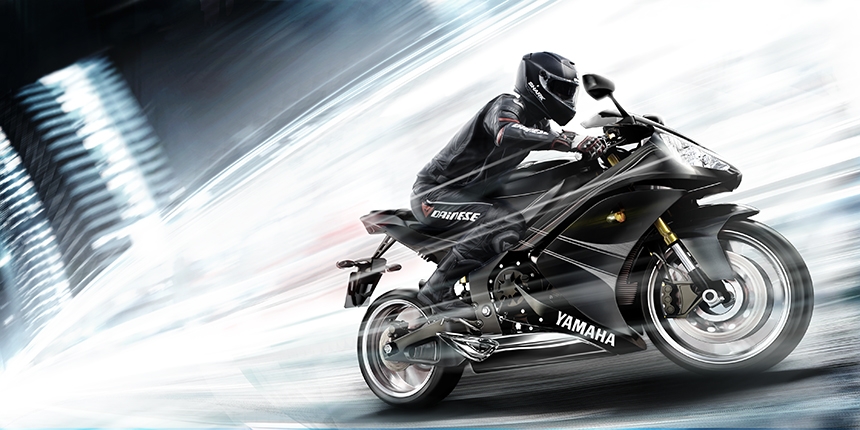
Stefanie’s definition of being a 3D artist has evolved with experience. "My definition has changed with every position and role I’ve had - sometimes it has even changed from project to project. Typical 3D work like modelling, animation, texturing and lighting is always involved, but there exists many other things around these processes. For example, I am convinced that it is always best if the one who commissions or plans out the artwork should be closely connected with the creating artists. Being on the same wavelength: discussing, understanding the intentions, and sometimes even advising and influencing the outcome, is important. I have often worked with clients who were not experienced with CGI. In those cases it was necessary to point out the possibilities, limits and processes of 3D. Being able to find and implement suitable processes for an effective production is always as important as the work itself. It doesn't help to create a wonderful picture if that picture doesn't show what the client intends to promote. Even though I like to think of it as an art form, 3D is also a business: it needs to be effective and efficient."
"Working in a car design studio, to outsiders I like to introduce myself as the 'virtual studio photographer'. It is my job to assist the designers in expressing their ideas and thoughts in a visual way. In addition, I am responsible for VR – it's wonderful because we can experience our drafts at a very early stage, can look at them 'through different lenses' and can do so frequently. All in all, my understanding of my job is that I am part of the design team and my role is to bring in tools and techniques to develop and improve the design of our cars and sell them in the best possible way. Modelling, texturing and lighting are just some of the techniques to do so."

Many statistics suggest that the field of CGI art remains dominated by men, but Stefanie argues that this is changing.
"When it comes to auto-visualisation, gender inequality is even more accentuated. My observation though is that there are becoming more and more female 3D artists. A few years ago, many prospective artists were attracted by stunning computer game graphics or because they were computer nerds – male dominated fields. 3D was very technical: software and programming knowledge was emphasised a lot - many females hid from that. But this kind of perception is changing now. I feel like the artistic side of being a 3D artist is stressed more and that modern and well thought-through software take away technical issues that used to intimidate women. Furthermore, the computer as a tool itself is not so male dominated. I expect that the ratio between male and female 3D artists will even out naturally over time."
Stefanie’s advice to other 3D artists is to take a step back from your images and screens: "Try to keep the whole picture in mind, rather than get lost in the details. Don't take yourself and your work too seriously. We are doing creative work - art – it is not rocket science and it is not surgery. We are so lucky. 'When it looks good it is good' - try to discuss this with engineers. And have fun doing what you do! The days pass so much faster when you have a positive attitude, and the results are so much better."

